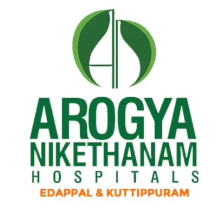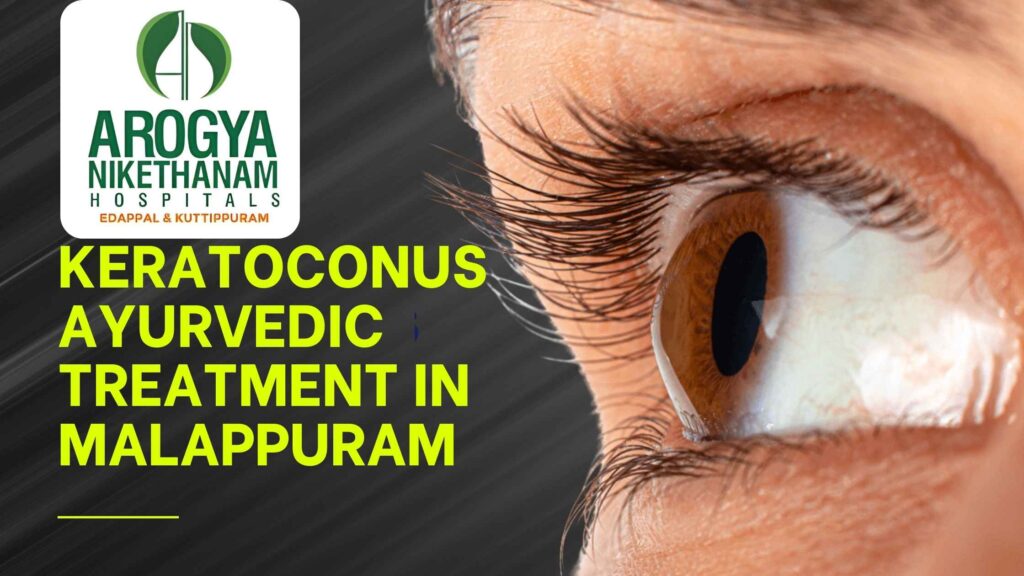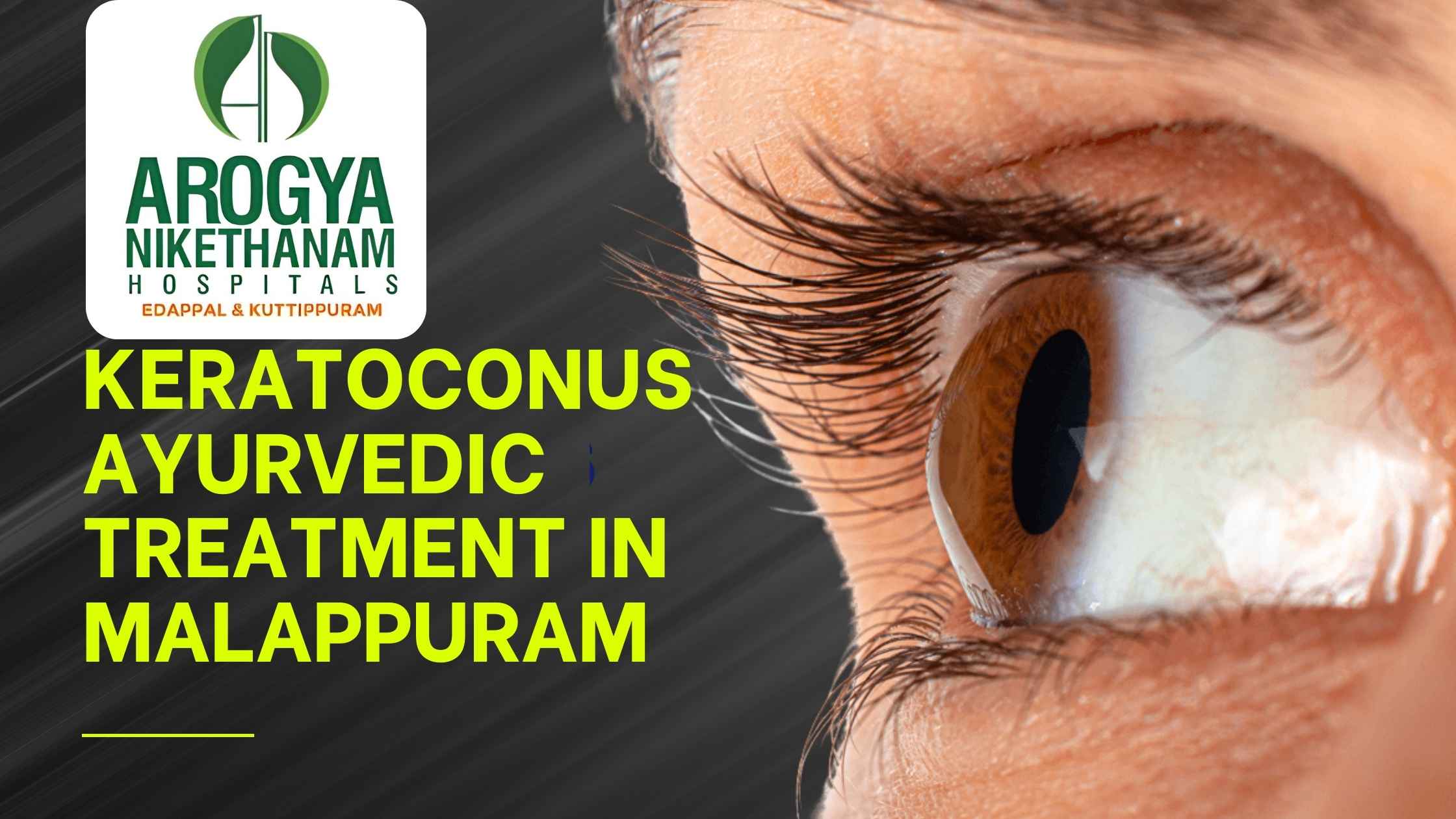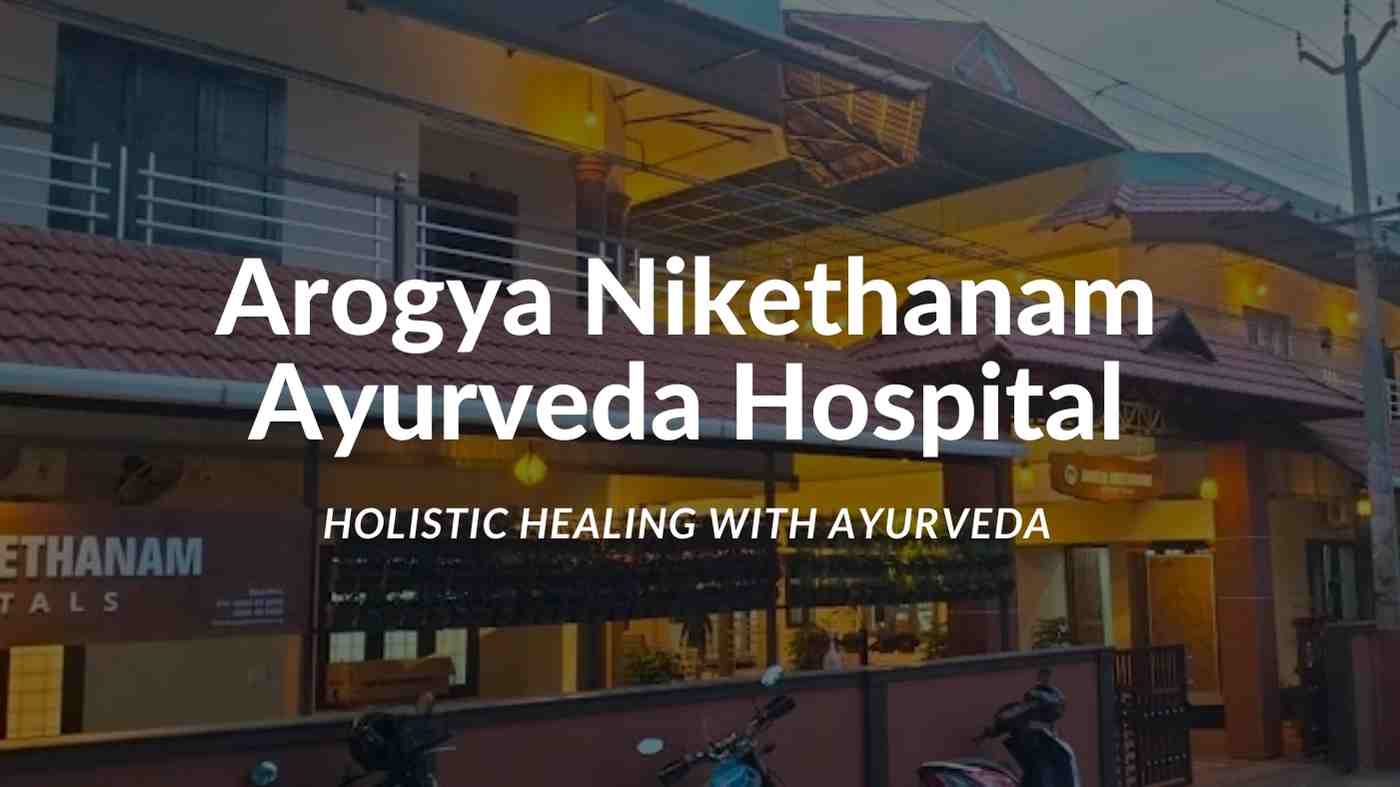Keratoconus is a progressive eye condition where the cornea thins and bulges into a cone-like shape, leading to distorted vision. While conventional approaches often rely on rigid contact lenses or corneal cross-linking, many patients seek natural, side-effect-free alternatives. Ayurveda—India’s ancient healing system—offers targeted local and systemic therapies to soothe symptoms, slow progression, and improve overall ocular health. In Malappuram, Arogya Nikethanam Ayurveda Hospital combines time-tested Ayurvedic protocols (like Netra Tarpana, Pindi, Bidalaka, and Aschotanam) with personalized lifestyle and dietary regimens, delivering holistic keratoconus care tailored to each individual’s constitution and needs. This blog explores keratoconus in detail, outlines Ayurvedic strategies, highlights the unique benefits of receiving treatment at Arogya Nikethanam, and provides practical guidance for anyone considering this path to improved vision.
Understanding Keratoconus
1. What Is Keratoconus?
Keratoconus is an eye disorder characterized by progressive thinning and bulging of the cornea, which assumes a cone-like shape rather than its normal dome form. This distortion leads to irregular astigmatism, blurred or double vision, and increased light sensitivity.
2. Prevalence and Impact
Worldwide, keratoconus affects roughly 1 in 2,000 individuals, often manifesting during adolescence or early adulthood. As it advances, activities like reading, driving at night, and using digital devices become increasingly challenging, affecting quality of life and independence.
3. Conventional Management Options
Modern ophthalmology offers options such as specialty gas-permeable contact lenses, intracorneal ring segments, and corneal cross-linking. While these can stabilize or temporarily correct vision, they often carry risks—discomfort, potential infection, or surgical complications—and may not address underlying systemic factors.
Why Choose Ayurvedic Treatment for Keratoconus?
1. Holistic Philosophy
Ayurveda emphasizes balance among the three doshas (Vata, Pitta, Kapha) and views disease as an imbalance of these elemental forces. By restoring doshic harmony through external therapies, internal herbal formulations, and lifestyle/dietary modifications, Ayurveda seeks not only symptomatic relief but long-term ocular health.
2. Targeting Root Causes
Rather than merely masking symptoms, Ayurvedic treatments aim to strengthen ocular tissues (dhatus), improve microcirculation to the eyes, and detoxify accumulated toxins (ama) that contribute to corneal thinning and inflammation.
3. Safety and Minimal Side Effects
Ayurvedic ocular therapies use natural substances—medicated oils, ghee, herbal pastes—and gentle techniques, making them well-tolerated even in sensitive individuals. Side effects are rare when treatments are administered by qualified Ayurvedic ophthalmologists.
Core Ayurvedic Ocular Therapies for Keratoconus
1. Netra Tarpana (Medicated Oil Retention)
What it is: A dough-ring placed around the eyes holds warm medicated ghee or oil, allowing deep absorption through eyelids.
Benefits: Nourishes corneal nerves, improves tear film, and enhances ocular tissue regeneration.
2. Pindi and Bidalaka (Herbal Poultices)
-
Pindi: Application of warm herbal boluses on closed eyelids to pacify aggravated Pitta and Kapha, reducing inflammation.
-
Bidalaka: A continuously refreshed herbal paste gently massaged over the eyelids, strengthening ocular muscles and nerves.
3. Aschyotana (Medicated Eye Drops)
Herbal decoctions are instilled into the eyes to flush toxins, strengthen conjunctival blood vessels, and lower intraocular pressure—crucial for corneal stability.
4. Netra Prakshalana (Eye Cleansing)
Gentle irrigation of the eyes with lukewarm herbal solutions removes accumulated debris and allergens, improving local circulation and ocular hygiene.
5. Putapakam (Herbal Steam Application)
Ocular steam with specific herbs opens microchannels around the eyes, facilitating deeper penetration of subsequent therapies and relieving ocular strain.
6. Scientific Eye Exercises
Guided eye-movement protocols help maintain corneal shape and muscular balance. When practiced regularly, they support structural integrity of the eyeball—an essential adjunct to other treatments.
Systemic Ayurvedic Approaches
1. Shamana (Pacification)
Oral herbal formulations—like Triphala (for gentle detox), Amalaki (for antioxidant support), and herbal extracts tailored to one’s doshic imbalance—play a key role in reducing systemic inflammation and improving ocular nutrition.
2. Shodhana (Purification/Panchakarma)
Procedures such as Virechana (therapeutic purgation) and Nasya (nasal instillation of medicated oils) eliminate deep-seated toxins, balancing doshas and enhancing physiological resilience. Nasya, in particular, benefits eye health by clearing the head region’s micro channels and boosting ocular nerve function.
3. Diet and Lifestyle Modifications
Ayurveda prescribes a sattvic (pure) diet rich in fresh fruits, vegetables, whole grains, ghee, and warming spices like turmeric and cumin. Patients are guided to avoid excess sour, salty, and spicy foods that can aggravate Pitta and dysregulate ocular tissues. Regular sleep, stress management, and digital-screen breaks further support healing.
Scientific Rationale Behind Ayurvedic Modalities
1. Corneal Nutrition and Regeneration
Medicated ghee (used in Tarpana) provides saturated fatty acids and lipid-soluble vitamins that nourish corneal epithelium, supporting cell repair—paralleling modern understanding of ocular surface health.
2. Anti-Inflammatory and Antioxidant Actions
Herbal ingredients—like Haridra (turmeric), Ela (cardamom), and Patra (bay leaf)—used in Pindi and Bidalaka possess well-documented anti-inflammatory and antioxidant properties, counteracting oxidative stress implicated in keratoconus progression.
3. Mechanical Support via Eye Exercises
Structured eye-movement routines maintain muscular balance and intraocular pressure distribution, offering non-invasive mechanical support to the cornea—akin to “physiotherapy” for the eye.
Why Malappuram and Why Arogya Nikethanam?
1. Regional Expertise in Ayurvedic Eye Care
Malappuram has long been a hub for traditional Ayurvedic practitioners specializing in ocular conditions. Local practitioners combine centuries of handed-down knowledge with contemporary clinical insights, ensuring treatments are both authentic and evidence-informed.
2. Arogya Nikethanam’s Unique Approach
At Arogya Nikethanam Ayurveda Hospital, a multidisciplinary team (including Ayurvedic physicians, ophthalmic therapists, and nutritionists) collaborates to craft fully customized care plans. We integrate advanced diagnostic tools—like corneal topography and pachymetry—with classical Ayurvedic assessment (pulse, tongue, ocular examination) to precisely identify underlying doshic imbalances and corneal status.
3. Serene Healing Environment
Nestled near the Kerala Water Authority on Vallathol College Road, Edappal, Arogya Nikethanam offers tranquil treatment spaces, herbal medicine gardens, and yoga areas, fostering a healing atmosphere that promotes relaxation and accelerates recovery.
Patient Journey: What to Expect
-
Initial Consultation & Assessment
-
Comprehensive ocular evaluation (visual acuity, corneal imaging) combined with Ayurvedic pulse, tongue, and constitution analysis.
-
-
Customized Treatment Plan
-
Selection of local ocular therapies (Netra Tarpana, Pindi, etc.) and systemic protocols (herbal medicines, diet, Panchakarma) based on individual needs.
-
-
Therapy Sessions
-
Daily or alternate-day local therapies for 7–21 days, alongside guided eye exercises and lifestyle counselting.
-
-
Progress Monitoring
-
Periodic corneal imaging to track changes, with plan adjustments to optimize outcomes.
-
-
Long-Term Maintenance
-
Ongoing oral herbs, home-based eye exercises, dietary guidelines, and quarterly follow-ups to sustain improvements and prevent progression.
-
Taking the First Step: Booking Your Consultation
If keratoconus is impacting your daily life, exploring Ayurvedic treatment in Malappuram could offer a natural, holistic path to clearer vision and enhanced eye health. At Arogya Nikethanam, we’re committed to guiding you every step of the way—from personalized assessment to long-term maintenance.
Contact Us:
-
Phone: +91 8866459900
-
Address: Arogya Nikethanam Hospitals, Near Kerala Water Authority, Vallathol College Road, Edappal 679576






